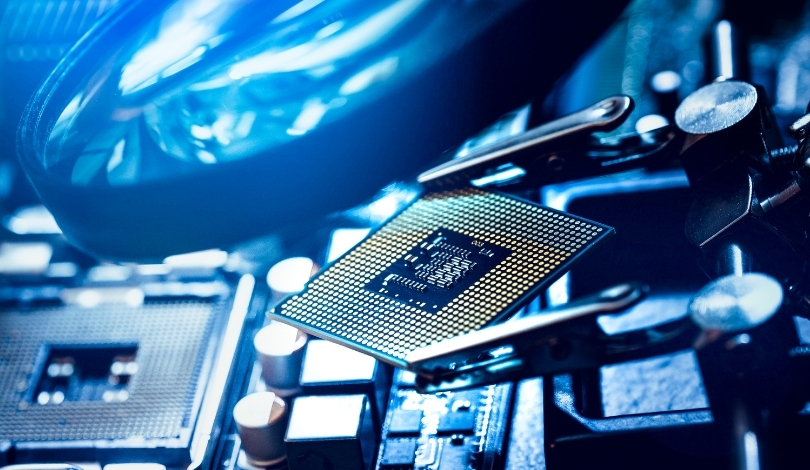As graphics card technology advances, the push for higher performance has become paramount. This surge not only enhances user experiences in gaming and professional applications but also introduces new challenges in thermal management. Manufacturers and consumers alike are navigating the implications of increasingly powerful GPUs that generate more heat during operation.
Previously, graphics cards operated efficiently at lower temperatures, thanks to less demanding processing tasks. Modern GPUs, however, are designed to handle more complex calculations and rendering tasks, which inherently produce more heat. This shift necessitates a reevaluation of what is considered a normal operating temperature for today’s high-performance graphics cards.
What Is the Standard Operating Temperature for GPUs?
Most contemporary GPUs are built to function optimally within a temperature range of 70°C to 85°C under full load. This range can vary depending on the specific model and manufacturer. Staying within these temperatures ensures that the GPU maintains its performance without risking thermal throttling or hardware damage.
How Do Manufacturers Address Heat Management?
To combat the increased heat output, companies are investing in advanced cooling technologies. Solutions such as liquid cooling systems, larger and more efficient heatsinks, and enhanced airflow designs are becoming standard features.
“Our latest GPUs incorporate cutting-edge cooling solutions to maintain optimal performance even under heavy workloads,”
a spokesperson from AMD stated.
What Are the Implications of Overheating GPUs?
Excessive heat can lead to reduced lifespan of the GPU and may cause performance issues like throttling, where the GPU slows down to prevent overheating. In extreme cases, sustained high temperatures can result in hardware failure, necessitating costly repairs or replacements.
In recent discussions, industry experts have emphasized the importance of proper thermal management. Ensuring adequate cooling not only preserves the hardware but also maintains consistent performance levels. Users are encouraged to monitor their GPU temperatures and invest in effective cooling solutions to mitigate the risks associated with higher operating temperatures.
As GPU technology continues to evolve, balancing power and heat generation remains a critical factor. Manufacturers must continue to innovate in cooling technologies, while consumers should remain informed about maintaining their systems to support the high demands of modern graphics processing.
- Advancements in GPUs lead to higher operating temperatures.
- Modern GPUs typically operate between 70°C and 85°C under load.
- Effective cooling solutions are essential for maintaining performance.










